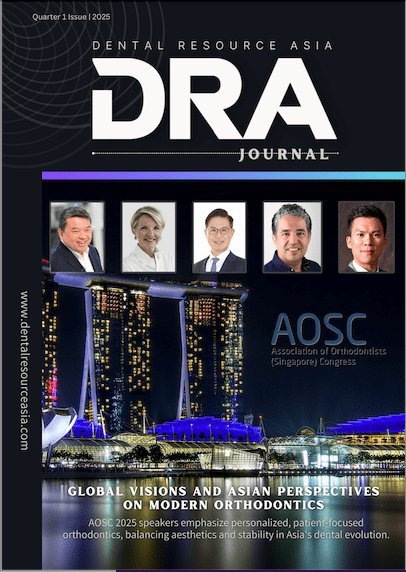Study Highlights Impact of Text Messaging Interventions
A new study published in JAMA Network Open has shed light on the potential of bilingual, parent-targeted text messaging programs to influence child oral health behaviours among underserved populations. While the intervention did not significantly reduce caries increment in children, it demonstrated positive secondary outcomes, such as increased adherence to toothbrushing guidelines and preventive dental visits.
The study, titled “Interactive Parent-Targeted Text Messaging in Pediatric Clinics to Reduce Caries Among Urban Children (iSmile),” focused on a low-income, racially, and ethnically diverse sample of caregiver-child dyads in Boston, Massachusetts.
Addressing Health Disparities Through Text Messages
The research highlights the widespread prevalence of dental caries, described as “the most common chronic childhood disease with documented health disparities.” Caries disproportionately affects children in underserved communities, where preventive care and education often lag.
Given that over 90% of children in the United States attend well-child visits—an opportunity recognised by the American Academy of Paediatrics—the study sought to test whether oral health text (OHT) messages could outperform general child wellness text (CWT) messages in promoting better dental health outcomes.
“Since text messaging is used by over 95% of adults in the US, [text messages] can reach populations at highest risk for caries with ongoing and tailored behavioural change messages,” the study authors wrote.
Study Design and Implementation
Participants included English- or Spanish-speaking caregivers of children younger than seven years who had at least one tooth. Recruitment occurred during pediatric medical visits at four sites serving underserved populations.
Between March 2018 and February 2022, caregivers received four months of text messages, with a one-month booster sent at 12 months. Messages were automated, interactive, bilingual, and customised, employing gamified elements to engage recipients.
OHT messages centred on toothbrushing and preventive dental visits, while CWT messages focused on topics such as reading and child safety. Both groups could select additional content relevant to their randomised assignment.
Key Findings
The primary outcome—24-month caries increment—was assessed through examinations and surveys at baseline, 12 months, and 24 months. Despite no significant differences in caries increment between the OHT and CWT groups (OHT group: 43.0% vs. CWT group: 42.7%), the study reported notable behavioural improvements among children in the OHT group:
- Toothbrushing adherence: Children in the OHT group were significantly more likely to meet toothbrushing guidelines (odds ratio [OR], 1.77).
- Preventive dental visits: The likelihood of attending these visits was higher in the OHT group (pooled OR, 1.51).
- Fluoride toothpaste use: A higher prevalence of fluoride toothpaste use was observed in the OHT group (pooled OR, 1.46).
Additionally, caregiver toothbrushing behavior improved in the OHT group, with a pooled mean difference of 0.48.
Implications for Future Interventions
While the study did not achieve its primary endpoint of reducing caries increment, it highlighted the promise of tailored, low-burden text messaging interventions. The researchers concluded that “highly appealing and low-burden text messages coupled with evidence of change in oral health behaviours may be important in reducing oral health disparities.”
The findings underscore the potential of digital communication tools in promoting healthier behaviours among underserved populations, even in the absence of immediate clinical outcomes.
Reference
Borrelli B, Endrighi R, Heeren T, et al. Parent-Targeted Oral Health Text Messaging for Underserved Children Attending Pediatric Clinics: A Randomized Clinical Trial. JAMA Netw Open. 2025;8(1):e2452780. doi:10.1001/jamanetworkopen.2024.52780
The information and viewpoints presented in the above news piece or article do not necessarily reflect the official stance or policy of Dental Resource Asia or the DRA Journal. While we strive to ensure the accuracy of our content, Dental Resource Asia (DRA) or DRA Journal cannot guarantee the constant correctness, comprehensiveness, or timeliness of all the information contained within this website or journal.
Please be aware that all product details, product specifications, and data on this website or journal may be modified without prior notice in order to enhance reliability, functionality, design, or for other reasons.
The content contributed by our bloggers or authors represents their personal opinions and is not intended to defame or discredit any religion, ethnic group, club, organisation, company, individual, or any entity or individual.

